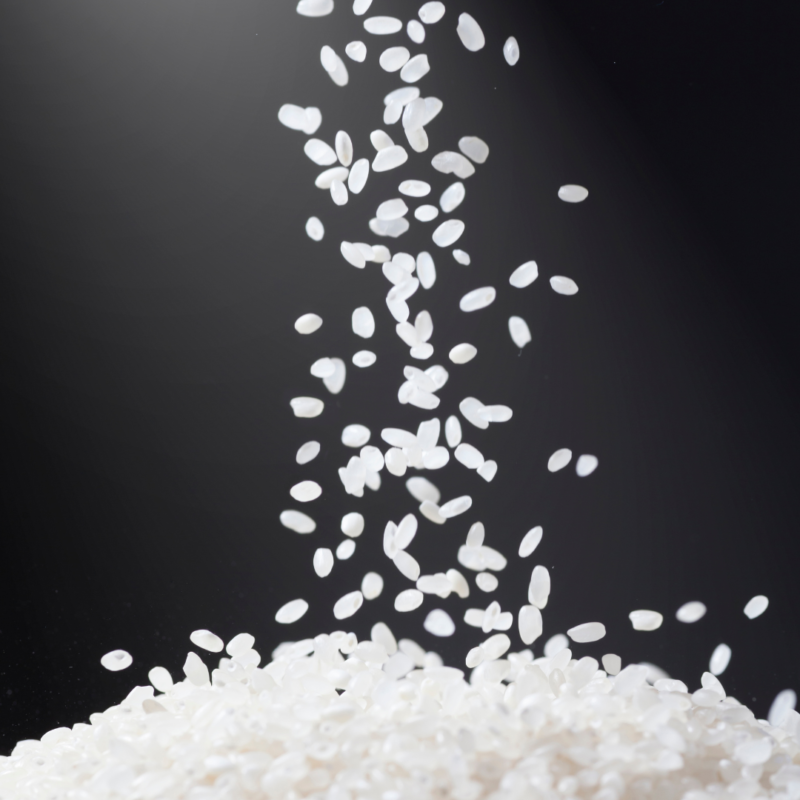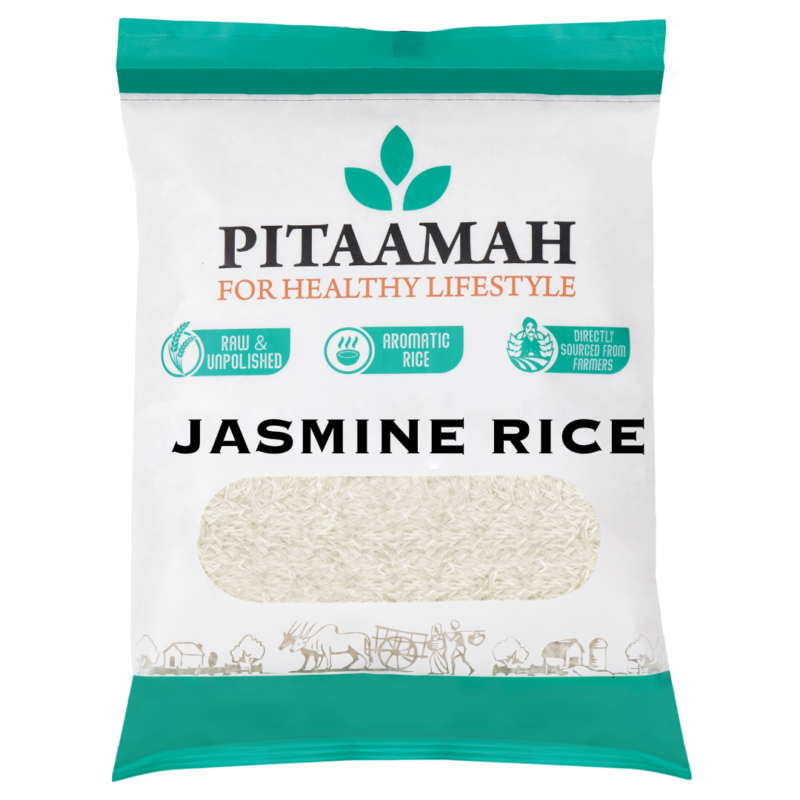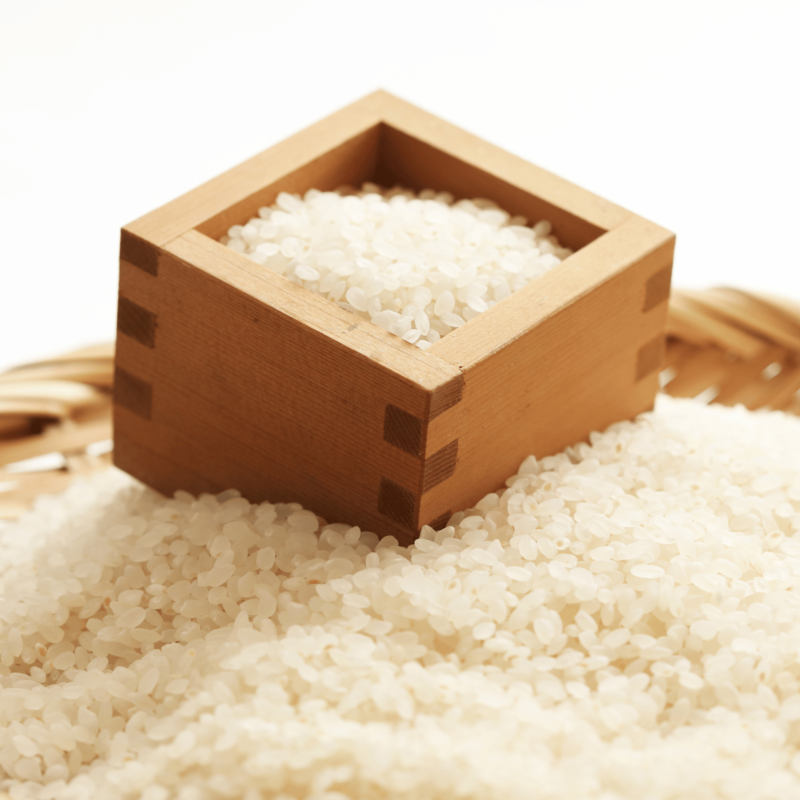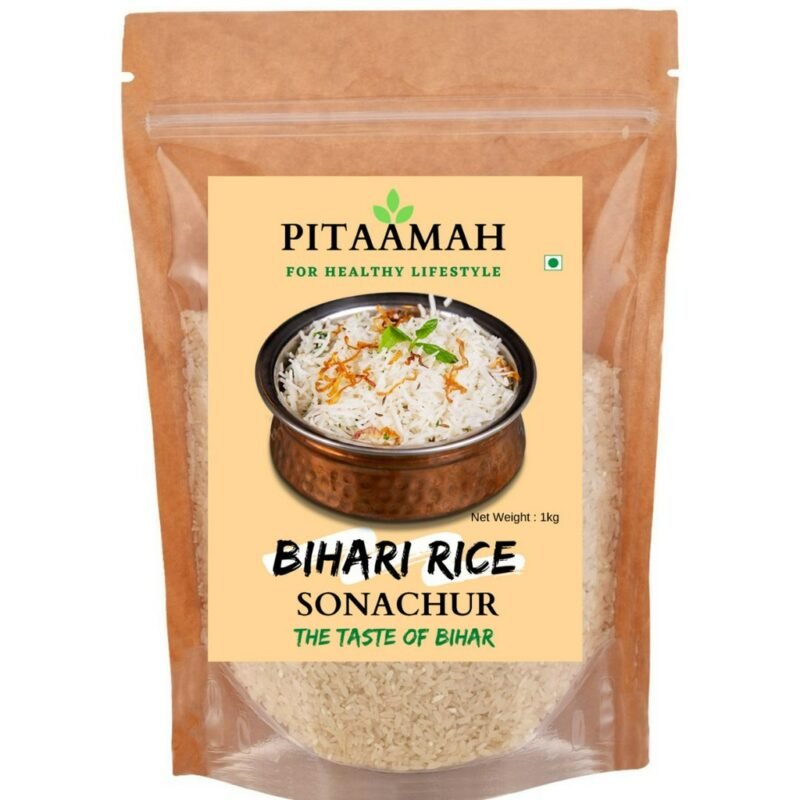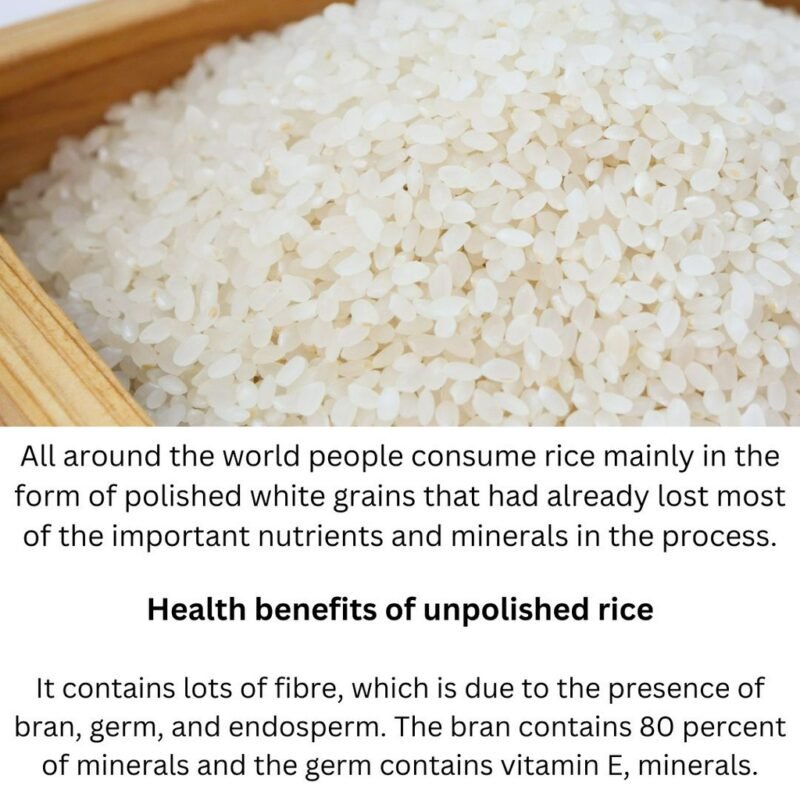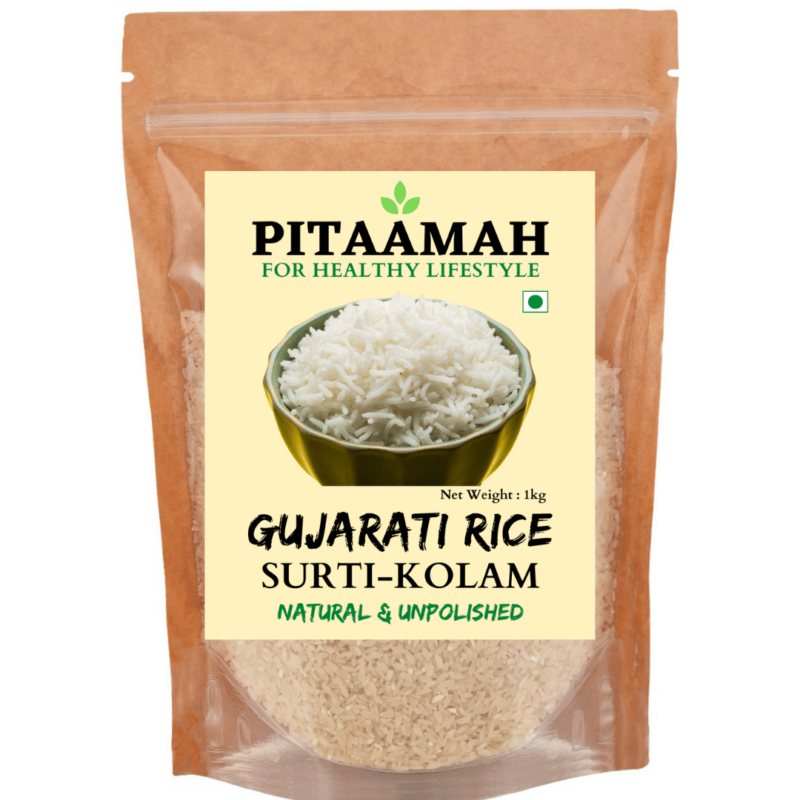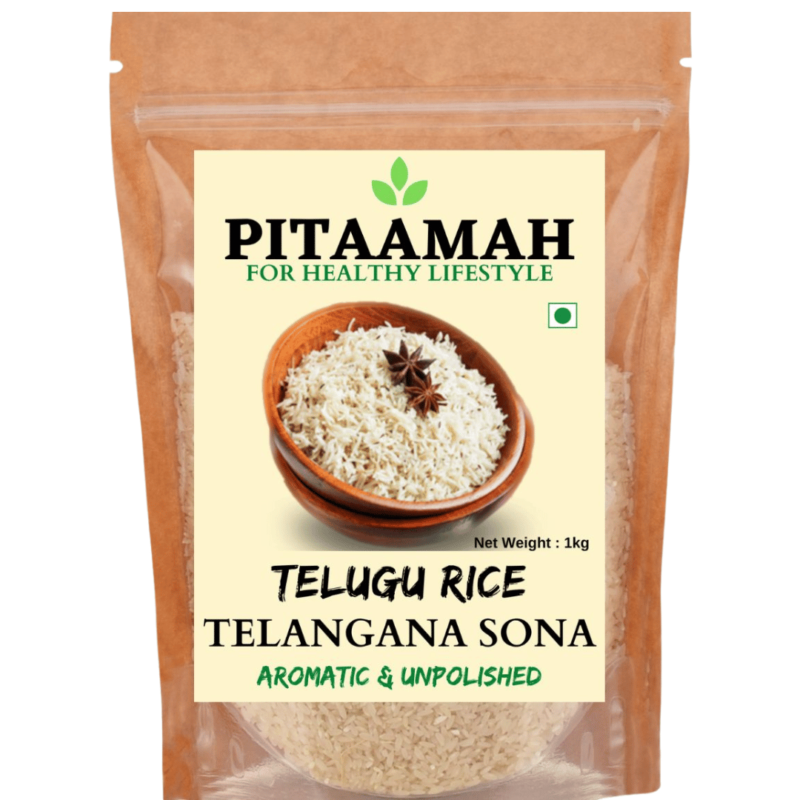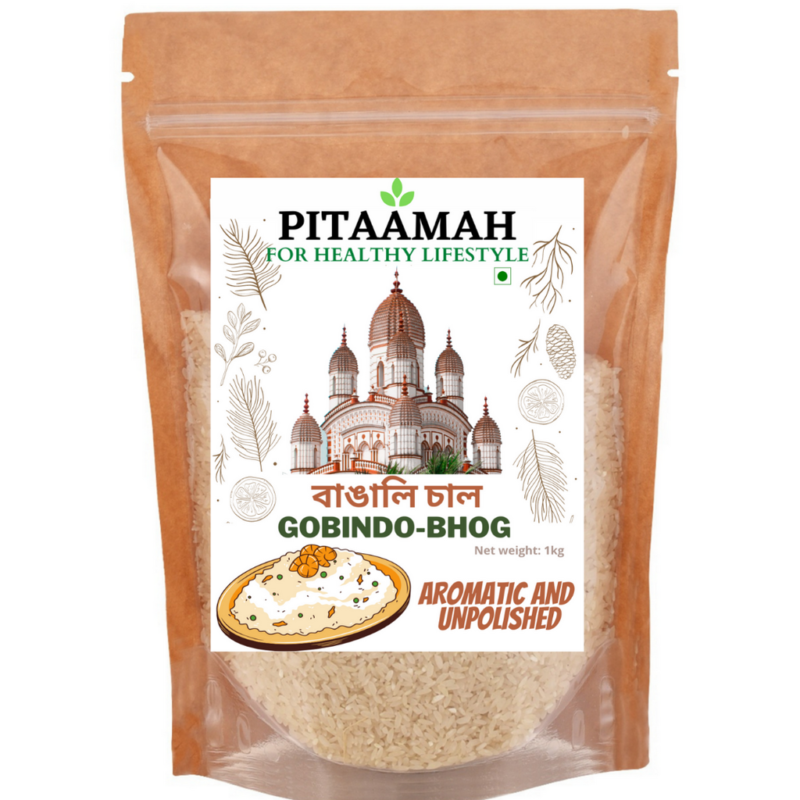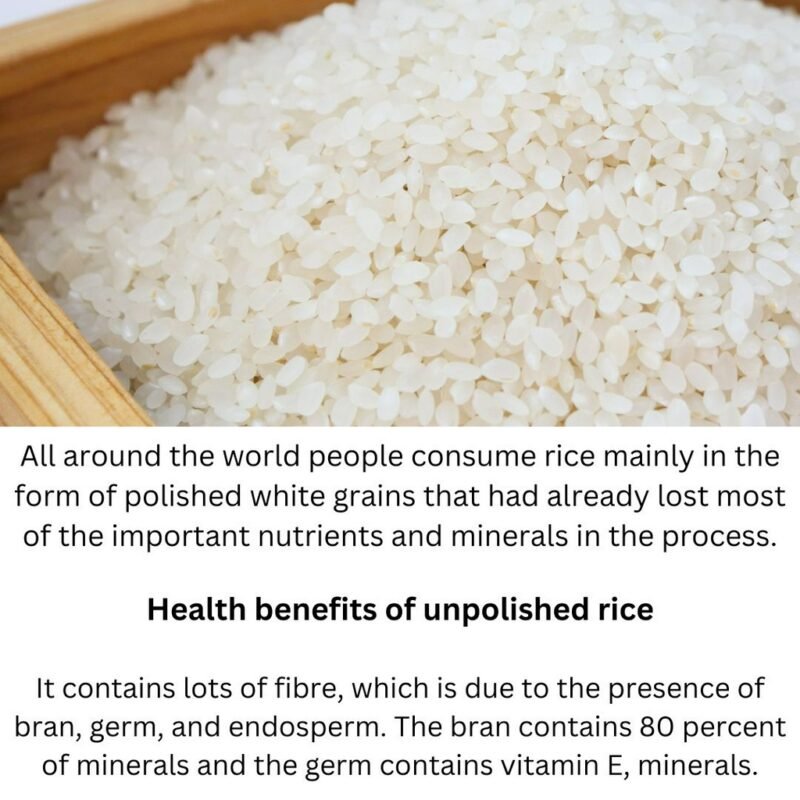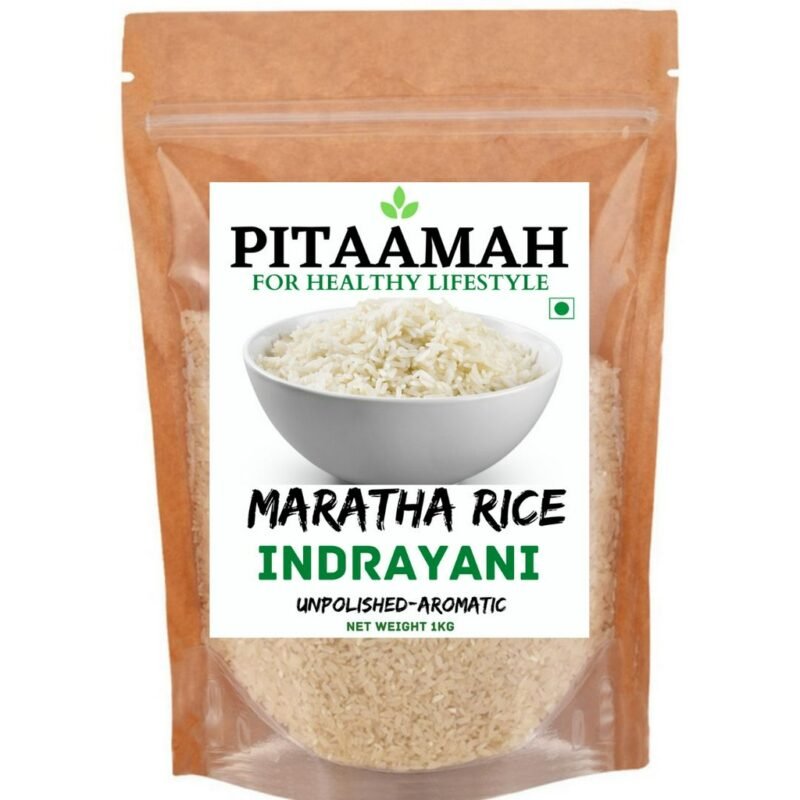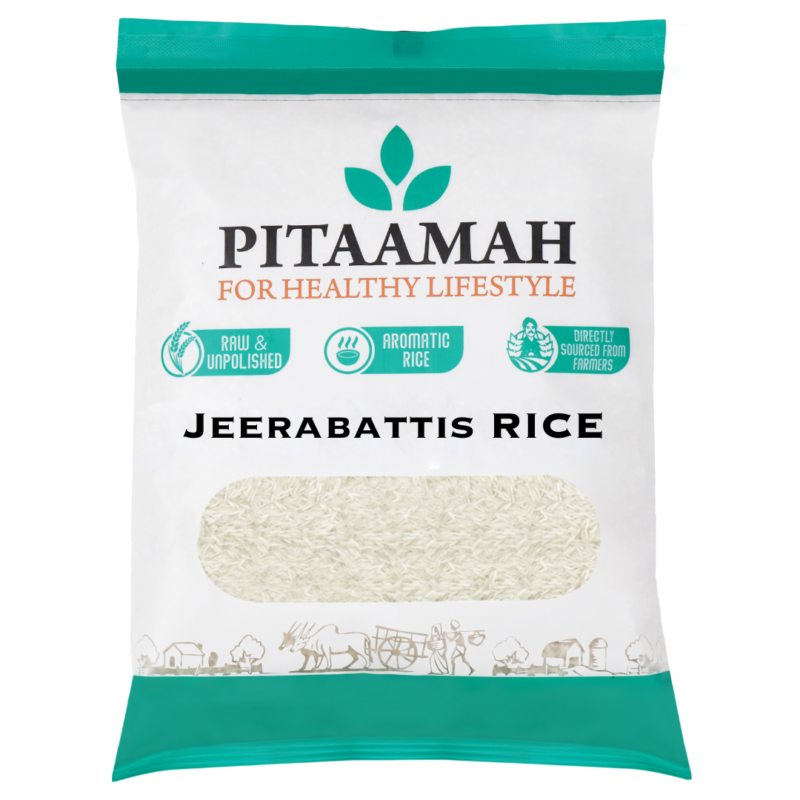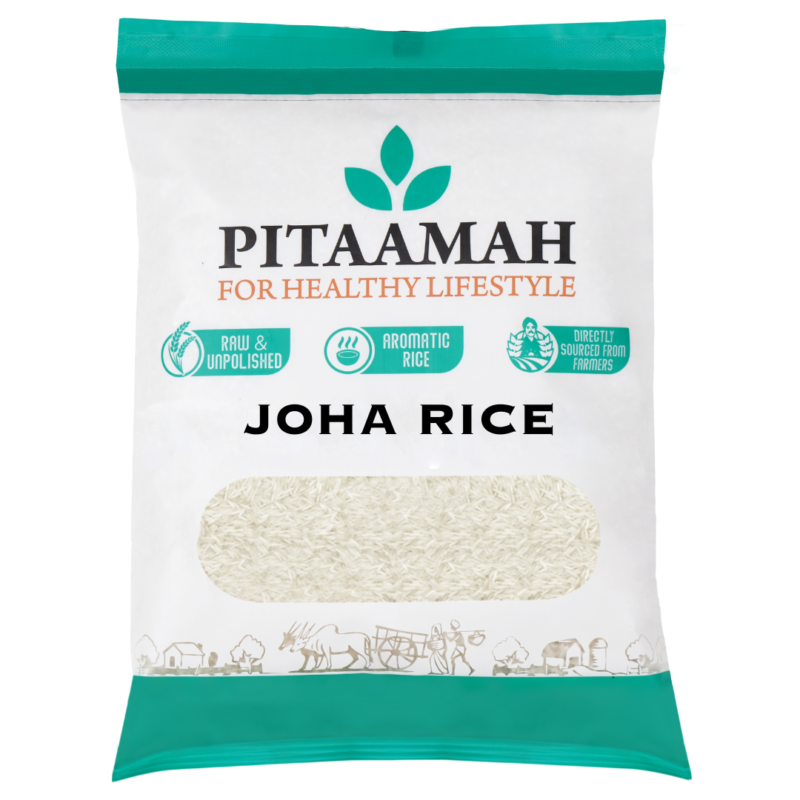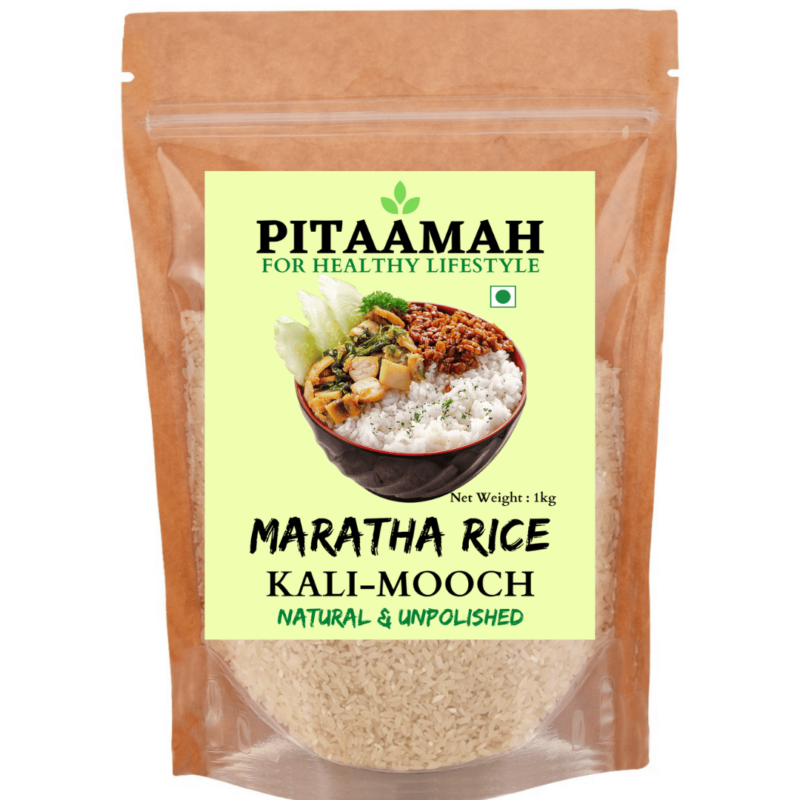
Introduction
In the realm of creating memorable culinary experiences, the significance of high-quality ingredients cannot be overstated. Introducing Pitaamah VishnuBhog Rice, a grain that excels in both flavor and cultural significance. Renowned for its remarkable attributes, this rice carries a rich legacy and distinctive features that endear it to chefs and culinary aficionados alike.
The Heritage of Pitaamah VishnuBhog Rice
Pitaamah VishnuBhog Rice is steeped in a rich history that is deeply woven into the cultural identity of its region of origin. Hailing from the lush agricultural landscapes of India, this rice variety has been nurtured through generations. Its name, VishnuBhog, suggests a divine connection, often reserved for significant celebrations and festive gatherings.
Distinctive Features of VishnuBhog Rice
What differentiates VishnuBhog rice is its unique visual appeal and texture. The grains are slender, elongated, and exhibit a pearly white hue, becoming slightly sticky upon cooking. Its flavor profile is subtly sweet and fragrant, imparting a refined touch to any dish it enhances.
Benefits of Vishnu Bhog Rice for Nutrition
Vishnu Bhog rice has a delicious flavour and a powerful nutritional content. It’s loaded with important minerals and vitamins, such phosphorus, magnesium, and B vitamins. In addition to being a fantastic source of energy, this rice has dietary fibre, which improves digestion and general health.
Growing Areas and Methods of Cultivation
Certain climates found in specific parts of India are ideal for the growth of Vishnu Bhog rice. Its distinctive qualities are partly attributed to the warm, humid climate and the rich soil. Utilising environmentally friendly farming practices, farmers cultivate rice without using hazardous pesticides, preserving the rice’s quality and the balance of the ecosystem.
Methods of Harvesting and Processing
From the field to the plate, Vishnu Bhog rice must undergo careful harvesting and processing. Rice is traditionally picked by hand in order to protect the fragile grains. With the use of contemporary processing methods, the rice’s quality has been improved while maintaining its original nutrients and flavour.
Uses of Vishnu Bhog Rice in Cooking
Vishnu Bhog rice is a flexible component that adds flavour to a variety of recipes. This rice adapts wonderfully to a wide range of dishes, from traditional Indian fare like biryani and kheer to popular foreign dishes like sushi and risotto. Its slightly sticky texture makes it ideal for precise shaping and moulding in meals.
Comparison with Other Premium Rice Varieties
VishnuBhog vs Basmati
Both VishnuBhog and Basmati are esteemed rice varieties, yet they exhibit distinct differences in texture and taste. Basmati is celebrated for its long, fluffy grains and unique fragrance, while VishnuBhog is characterized by a stickier texture and a milder sweetness.
VishnuBhog vs Jasmine Rice
Jasmine rice, favored in Southeast Asian dishes, is also aromatic but presents a softer, more floral aroma compared to VishnuBhog. The slightly sticky nature of VishnuBhog makes it particularly suitable for recipes that require a unified texture.
Cooking Tips for Ideal VishnuBhog Rice
To achieve the perfect VishnuBhog rice, follow these simple guidelines. Begin by rinsing the rice thoroughly to eliminate excess starch. Use a rice-to-water ratio of 1:1.5, and soak the rice for a minimum of 30 minutes prior to cooking. Cook on low heat and allow the rice to rest for a few minutes after cooking to ensure the grains are well-set.
Why Pick Rice from Vishnu Bhog?
Selecting VishnuBhog rice is a choice between tradition and excellence. It’s a standout option because of its distinct flavour, texture, and nutritional advantages. Many customers laud its capacity to elevate meals of any complexity, making each meal a memorable experience.
Accessibility and Position in the Market
The demand for VishnuBhog rice is rising in both domestic and foreign markets. Speciality food stores, internet merchants, and certain supermarkets carry it. Growing consumer demand for genuine, premium ingredients has contributed to its increased market presence.
Storing and Preserving VishnuBhog Rice
To ensure the quality of VishnuBhog rice, it should be kept in a cool, dry environment within an airtight container. This method safeguards it against moisture and pests. When stored correctly, this rice can remain viable for up to a year, guaranteeing a consistent supply of high-quality grains.
Economic and Environmental Impact
The production of VishnuBhog rice plays a vital role in supporting local economies by providing essential income for numerous farmers. Moreover, its cultivation employs sustainable agricultural practices that contribute to environmental preservation, making it a responsible choice for consumers.
Future Prospects of VishnuBhog Rice
The outlook for VishnuBhog rice is promising. As awareness of its unique benefits continues to grow, demand is expected to increase. Advances in agricultural techniques and processing methods are anticipated to further boost its popularity, positioning it as a staple in kitchens around the globe.
Conclusion
More than just a grain, Pitaamah Vishnu Bhog Rice is a gourmet treasure that improves whatever dish it touches. It is a must-have for each food enthusiast because of its unique qualities, long history, and nutritional advantages. Vishnu Bhog rice is a hit whether you’re preparing a classic Indian dish or trying out new recipes.
FAQs
What makes VishnuBhog rice unique?
VishnuBhog rice features long, shiny white grains, a slightly sticky feel, and a mild, fragrant taste. Its health benefits and cultural importance enhance its distinctiveness.
How can I cook VishnuBhog rice perfectly?
Wash the rice well, use a 1:1.5 rice-to-water ratio, soak for 30 minutes, cook on low heat, and let it sit after cooking for the best results.
Where can I find VishnuBhog rice?
You can find VishnuBhog rice in specialty grocery stores, online shops, and some larger supermarkets.
What dishes are best suited for VishnuBhog rice?
This rice works well in dishes like biryani, kheer, sushi, and risotto due to its slightly sticky texture and fragrant taste.
Is VishnuBhog rice grown sustainably?
Yes, VishnuBhog rice is cultivated using eco-friendly farming practices, making it a sustainable option.
Authentic Pitaamah ShakkarChini Rice – Unpolished and Aromatic
Buy Pitaamah Sonachur Rice – Available in Various Sizes | Traditionally Milled & Unpolished
Buy Surtikolam Rice Online in India | Premium Quality Unpolished Surtikolam Rice
Buy Telangana Sona Rice Online
Buy VishnuBhog Rice from pitaamah Online | Unpolished & Aromatic | Shop Rice Online
Fresh Pitaamah Unpolished Gobindobhog Rice Online in India
Pitaamah AmbeMohar Rice Online at Best Prices | Unpolished Pitaamah AmbeMohar Rice
Pitaamah Indrayani Rice Delivered Across India| Pitaamah Indrayani Rice Direct from farmer
Pitaamah Jeera battis Rice -Unpolished & Aromatic
Pitaamah Joha Rice – Unpolished & Aromatic Rice
Pitaamah Kala Namak Rice | healthy & Low GI Rice | GI Tag | Buddha Rice
Benefits of Kala Namak Rice:
- Rich in Antioxidants: Contains high levels of antioxidants, which promote overall health and protect against oxidative stress.
- Good Source of Iron and Zinc: Supports immune function and helps prevent anemia.
- High Nutritional Value: Packed with essential nutrients and vitamins, making it a healthier option than regular white rice.
- Easily Digestible: Light on the stomach and easy to digest, making it ideal for everyday consumption.
- Unique Aroma and Flavor: Its distinctive aroma enhances the taste of traditional dishes like pulao, biryani, and festive rice preparations.
Characteristics of Kala Namak Rice
-
Color: Black husk with white grain inside.
-
Aroma: Naturally aromatic, stronger than Basmati.
-
Taste: Mildly sweet with a nutty flavor.
-
Length: Medium-grain rice (not as long as basmati).
-
Cultivation: Traditionally grown in the Gangetic plains with organic practices.
Health Benefits of Kala Namak Rice
-
Rich in Iron & Zinc – Helps improve hemoglobin levels.
-
High Antioxidant Content – Strengthens immunity.
-
Low Glycemic Index – Suitable for diabetics.
-
Easily Digestible – Good for children and elderly.
-
Gluten-Free – Ideal for people with gluten intolerance.
Culinary Uses of Kala Namak Rice
-
Steamed Rice – Its aroma enhances daily meals.
-
Pulao & Biryani – Provides a unique taste compared to basmati.
-
Kheer (Rice Pudding) – Popular in traditional households.
-
Buddha Rice Recipes – Used in wellness and organic diets worldwide.
-
Why Kala Namak Rice is Special?
-
-
How to cook Kala Namak Rice | Pitaamah Unique & Healthy Rice #ricerecipe #indianrice #indiancooking
-
GI Tag (Geographical Indication): Kala Namak rice has been awarded the GI tag, making it an exclusive heritage rice of Uttar Pradesh.
-
Global Recognition: It is often called “Buddha Rice” internationally.
-
Sustainable Farming: Traditionally grown without harmful chemicals.
How to Cook Kala Namak Rice (Quick Method)
-
Wash the rice 2-3 times.
-
Soak for 20 minutes.
-
Cook with 1:2 water ratio.
-
Allow it to rest for 5 minutes after cooking.
Kala Namak Rice – The Aromatic Heritage Grain of India
Kala Namak Rice (also known as Buddha Rice) is one of India’s oldest and rarest varieties of rice, grown mainly in the Terai region of Uttar Pradesh (Siddharthnagar, Basti, Gorakhpur, Sant Kabir Nagar, etc.). This traditional rice is famous for its unique aroma, black husk, rich nutritional value, and historical significance.
Origin & History of Kala Namak Rice
-
Believed to be over 2,500 years old, Kala Namak rice has a strong cultural connection with Lord Buddha.
-
Historical texts mention that Lord Buddha gifted this rice to his followers as a symbol of peace and health.
-
The name “Kala Namak” comes from its black husk (kala = black) and its mild salty taste (namak = salt).
-
-


